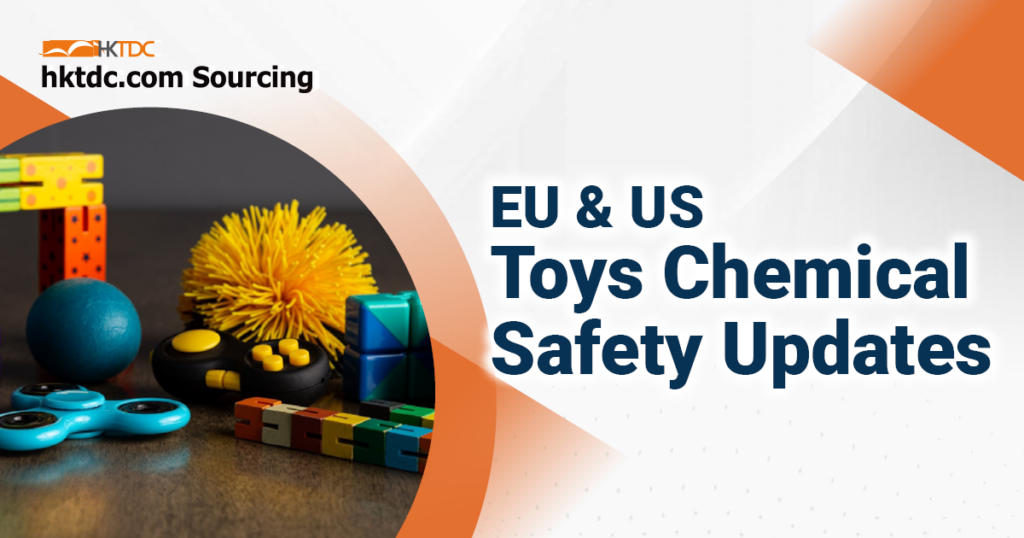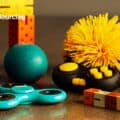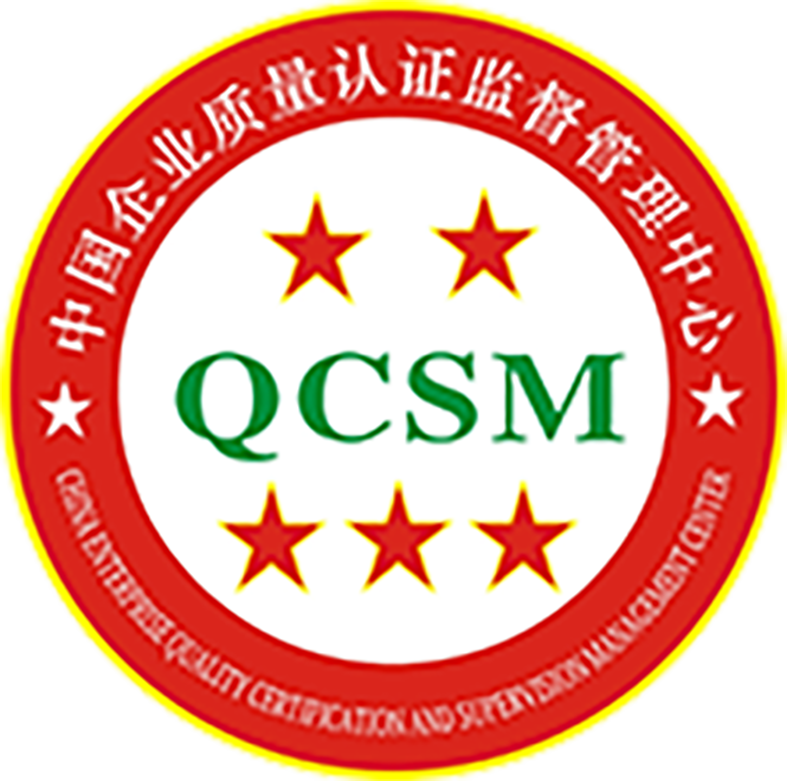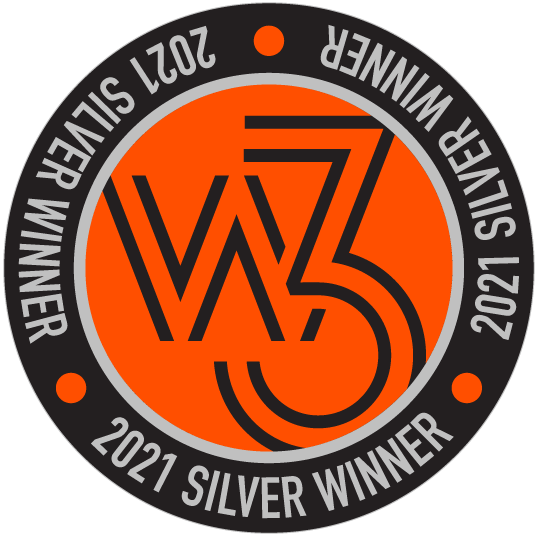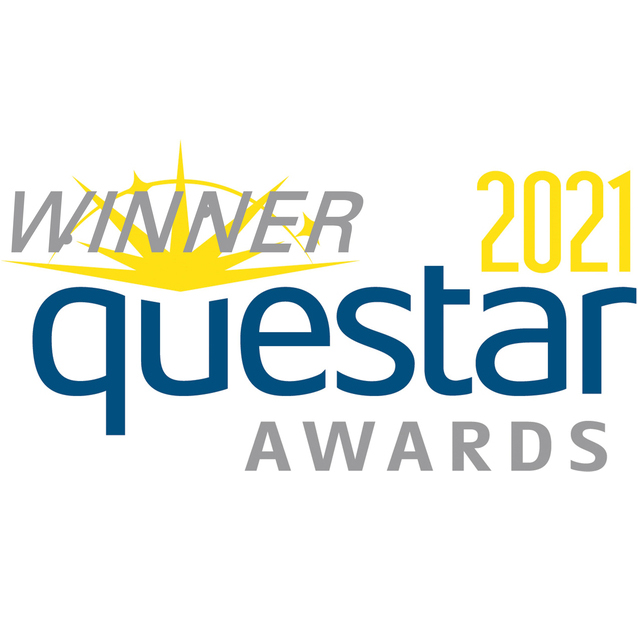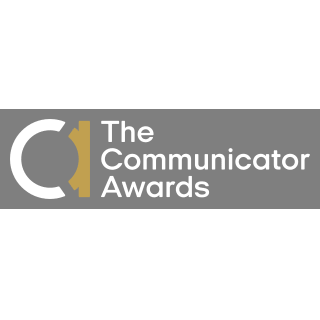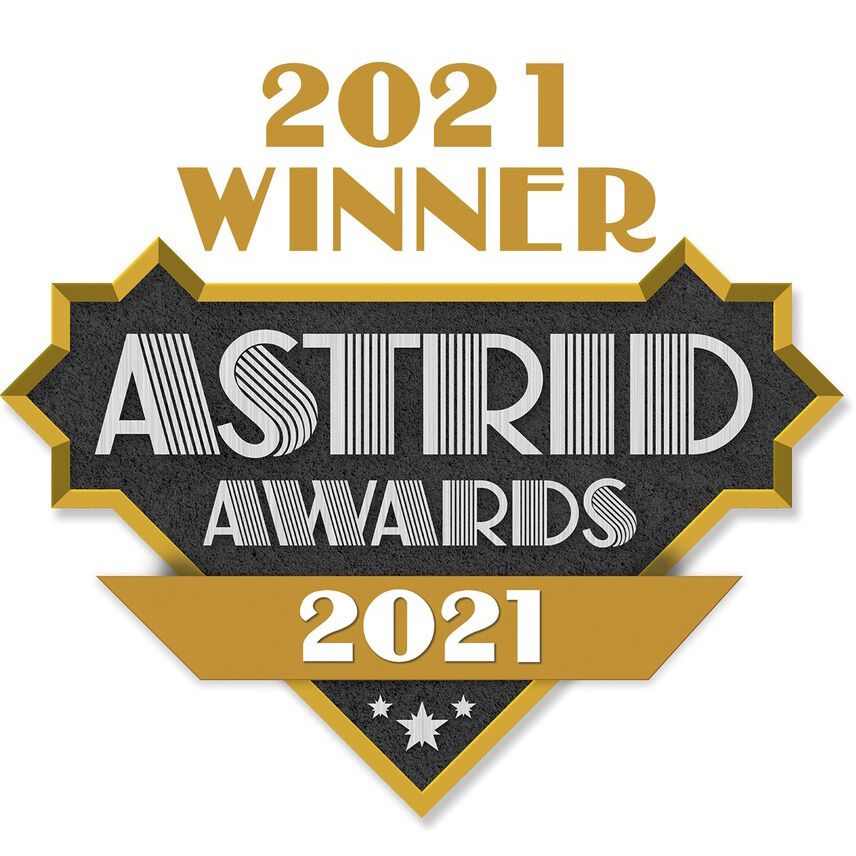Chemical safety of toys has long been a concern of toy manufacturers. The reason is that toy manufacturing involves different raw materials and chemicals which may potentially contain hazardous heavy metals, phthalates, PAH, formaldehyde, nitrosamine, etc….Worldwide countries try to ensure that toys are safe and non-toxic by setting regulations to govern these chemicals.
In this article, recent regulation update of chemical requirement for toys in the EU and US markets will be interpreted in details.
EU Chemical Updates for Toys
A. Toy Safety Directive Appendix C – Formaldehyde
(EU) 2019/1929 was published to restrict formaldehyde in toy intended for use by children under 36 months or in other toys intended to be placed in the mouth. (Already Effective on May 21, 2021)
Substance | Limit Value | Toy Material | Test Method |
Formaldehyde migration | 1.5 mg/L | Polymeric | EN 71-10:2005 & EN 71-11:2005 |
Formaldehyde emission | 0.1 ml/m³ | Resin-bonded wood | EN 717-1:2004 |
Formaldehyde | 30 mg/kg | Textile | EN ISO 14184-1:2011 |
30 mg/kg | Leather | EN ISO 17226-1:2008 | |
30 mg/kg | Paper | EN 645:1993 & EN 1541:2001 | |
10 mg/kg | Water-based | EDQM method |
Note:
- A) Polymeric toy material, actual testing only on melamine formaldehyde, urea formaldehyde, polyacetal resin, phenolic resin polymer and rubber.
- B) water-based material such as finger paint, bubble solution, playdough and modelling clay will be tested
- C) resin-bonded wood material, perform first screening by EN 717-3 first. PASS will be issued if no detectable formaldehyde is found. If any detectable formaldehyde is found, EN 717-1 (the chamber method) will be performed for confirmation.
B. European Commission Publishes Latest List of Harmonized Toy Safety Standard
On Nov 16, 2021, the European Commission published the Commission Implementing Decision (EU) 2021/1992 to announce an updated complete list of harmonized standards in support of Toy Safety Directive 2009/48/EC.
The new version of standards EN 71-2:2020, EN 71-3:2019+A1:2021, EN 71-4:2020 are now listed as the harmonized standards under Toy Safety Directive, in the Annex I of the Decision.
- Latest List of Harmonized Standards for Toys in Support of Directive 2009/48/EC
No. | Reference of the New Standard | Replaced Standards (Date of Mandatory Application of New Standard) |
1 | EN 71-2 : 2020 Safety of Toys – Part 2: Flammability | EN 71-2 : 2011 + A1 : 2014 (15 May 2022) |
2 | EN 71-3 : 2019 + A1 : 2021 Safety of Toys – Part 3: Migration of certain elements | EN 71-3 : 2019 (15 May 2022) |
3 | EN 71-4 : 2020 Safety of Toys – Part 4: Experimental sets for chemistry and related activities | EN 71-4 : 2013 (15 May 2022) |
*BV current offer of EN 71-2, 71-3, 71-4 is the most updated Harmonized standards
C. EU Commission Amends 2009/48/EC for Aluminium Limits
EU Commission Amends 2009/48/EC with respect to Aluminium Limits. The limit values for Al have been amended. (Already Effective on May 20, 2021)
| mg/kg in dry, brittle, powder-like or pliable toy material | mg/kg in liquid or sticky toy material | mg/kg in scraped-off toy material |
Aluminium (Current limits) | 5.625 | 1,400 | 70,000 |
Aluminium (Revised limits) | 2,250 | 560 | 28,130 |
D. EU Toy Safety Directive – Allergenic Fragrances Requirements Amended
- The European Commission has published Directives (EU) 2020/2088 and 2020/2089 to amend Annex II to Toy Safety Directive 2009/48/EC regarding the prohibition and labelling of allergenic fragrances in toys.
- Member states shall apply the amendments from July 5, 2022.
- Summary of the Amendment:
List of prohibited allergenic fragrances extended (from 55 to 58 allergenic fragrances)
- Add 3 allergenic fragrances
Name of allergenic fragrances | CAS number |
Atranol (2,6-Dihydroxy-4methyl-benzaldehyde)
| 526-37-4 |
Chloroatranol (3-Chloro-2,6-Dihydroxy-4-methyl-benzaldehyde) | 5707-21-2 |
Methyl heptane carbonate | 111-12-6 |
Presence of traces of these fragrances shall be allowed provided that such presence is technically unavoidable under good manufacturing practice and does not exceed 100 mg/kg.
List of allergenic fragrances which require labelling extended (from 11 to 71 allergenic fragrances)
- Add 61 allergenic fragrances
- Add 2 CAS no. to Citronellol (1117-61-9 and 7540-51-4)
- Remove methyl heptane carbonate (111-12-6) as it becomes a prohibited allergenic fragrance
If the fragrance is added to a toy or its component at a concentration exceeding 100 mg/kg, the names of the allergenic fragrances shall be labelled on the toy, on an affixed label, on the packaging or in an accompanying leaflet.
E. EU Restricts Aniline under Toy Safety Directive Appendix C
- European Commission published (EU) 2021/903 to restrict aniline in certain toy materials in Jun 2021.
- The Directive introduce new limit values for aniline in textile, leather toy materials and finger paints under Appendix C to Annex II of the Toy Safety Directive 2009/48/EC.
- Effective Date : Dec 5, 2022
- Limit values for aniline (CAS no. 62-53-3) used in toys intended for use by children under 36 months or in other toys intended to be placed in the mouth.
Substance | Limit Value |
Aniline | 30 mg/kg after reductive cleavage in textile toy material and leather toy material |
30 mg/kg after reductive cleavage in finger paints | |
10 mg/kg as free aniline in finger paints |
Note:
1) Textile and leather material of aniline can be covered by azo dye testing reference to EN ISO 14362-1 and EN ISO 17234-1. Finger paint can be well covered by EN 71- 7
2) BV can offer the aniline testing
US & Canada Chemical Updates for Toys
A. California Governor Approved PFAS Law: Juvenile Products
- Beginning on July 1, 2023, juvenile products cannot be manufactured, sold or distributed in commerce in US state of California that contains regulated PFAS chemicals.
- PFAS chemical: Common types like PFOS, PFOA & its related salts which have the function to add in textile, leather to make stain/ water/ oil repellent.
“Regulated perfluoroalkyl and polyfluoroalkyl substances” or “regulated PFAS” means either of the following:
(1) PFAS that a manufacturer has intentionally added to a product and that have a functional or technical effect in the product, including, but not limited to, the PFAS components of intentionally added chemicals and PFAS that are intentional breakdown products of an added chemical that also have a functional or technical effect in the product.
(2) The presence of PFAS in a product or product component at or above 100 parts per million, as measured in total organic fluorine.
“Juvenile product” means a product designed for use by infants and children under 12 years of age, including, but not limited to, a baby or toddler foam pillow, bassinet, bedside sleeper, booster seat, changing pad, etc.
B. US State – Massachusetts Restricts Flame Retardants in Bedding, Furniture, Window Treatments, Carpeting and Children’s Products
Scope of products included under this state law:
- Covered products: bedding (mattress pad, sheeting, pillow, comforter, blanket, sleeping bag or any other stuffed article for reclining or sleeping),
- Window treatments (curtain, shades, blinds),
- Carpeting (fabric floor covering including padding),
- Residential upholstered furniture, seating or other upholstered products
- Children’s product, a consumer product intended made or marketed for use by children 12 years of age or under.
The following chemical flame retardants are restricted under this law:
Tris(1,3-dichloro-2-propyl) phosphate (TDCPP); Tris(2-chloroethyl) phosphate (TCEP), Antimony trioxide, Hexabromocyclododecane (HBCD); Bis(2- Ethylhexyl)-3,4,5,6-tetrabromophthalate (TBPH), 2-EthylhexY1-2,3,4,5-tetrabromobenzoate (TBB), Chlorinated paraffins, Tris (1-chloro-2- propyl)phosphate (TCPP), PentaBDE, • OctaBDE, • Tetrabromobisphenol A (TBBPA)
The law restricts the chemicals used as follows: “A manufacturer or retailer shall not sell, offer or manufacture for sale, distribute a covered product, except for inventory manufactured prior to December 31, 2021, that contains any of the chemical flame retardants or a chemical analogue the total weight of which exceeds 1,000 ppm.
Recommendations from Bureau Veritas:
The safety of classical and juvenile products are the most prior concern for consumers, especially parents. To protect children from hazardous chemicals and minimize the risk of recall, it is suggested to gain an authorized certificate of related tests.
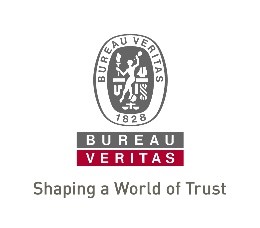
Content contributor: Business Development of Bureau Veritas Consumer Products Services Hong Kong (All rights reserved)
Bureau Veritas is an authorized lab to deliver the above certification, mentioned testing method and other international testing, inspection/audit and certification. To design optimized solutions for your global market access needs, you are welcomed to contact us.
Subscribe to NewsBites and stay updated on the latest business trends and news.


